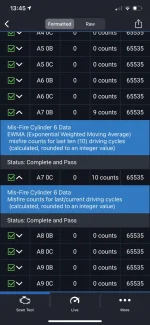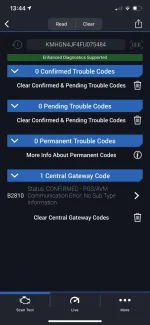Thanks for the vid. I presume the video starts started shortly after engine startup. Fuel trims settle down to zero at 1 minute... which is very much normal. Anything within a few % of zero is normally just fine.
Yeah a cooked coil could be your rough idle. Coils can be funny with temperature. In the old school days a coil can could work fine when cold then fail when it heated up... just long enough to get you a few miles from home but not to where you needed to be.
I suggest checking the plug as well for any fouling, cracks, etc. as well.
If you were not getting spark intermittently when cold, you would definitely see misfires in the log. And unless the coil cut out completely the CEL probably would not flash. It's a goofy thing with our cars like I mentioned above in post #20. The ECU is doing its best impersonation of Kevin Bacon in
Animal House while the city riots around him:
"ALL IS WELL!
"
If the problem follows the coil, then you have your culprit (or at least one of them). Last resort will be a compression test. A low cylinder might run rough when cold but relatively fine once heated up.














